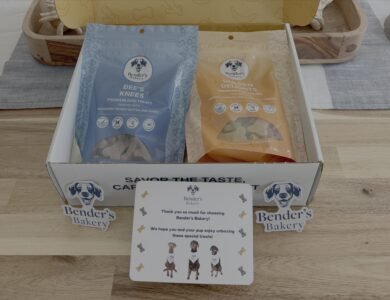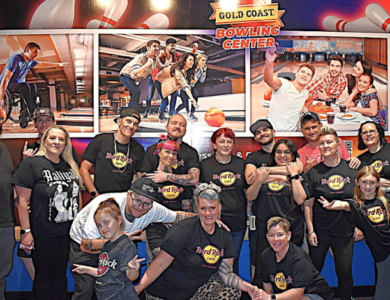We may earn a commission when you click on links across our website. This does not influence our opinions — learn more.
What’s Actually Toxic to Dogs? A Look at the Hidden Dangers in Your Kitchen
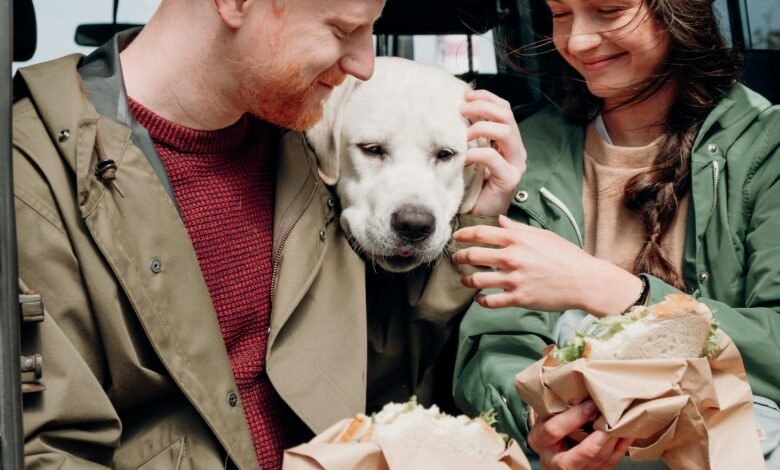
You’re chopping onions while your dog watches you like you’re a Michelin-star chef. You drop a grape. He lunges. You panic. Should you?
Yes. Yes, you should.
Whether you’re a first-time dog parent or a seasoned pup pro, keeping your dog safe around human food can be trickier than it seems. Some foods that are harmless — or even healthy — for humans can be downright toxic for dogs.
Let’s break down the worst offenders, from everyday kitchen items to sneakier snacks, with a few safe alternatives along the way.
Common Kitchen Culprits
These foods might be pantry staples for you, but for dogs, they’re no-go zones.
- Garlic and Onions
Part of the allium family (which also includes leeks and chives), these ingredients can damage your dog’s red blood cells and lead to anemia — even in small amounts. Cooked, raw, powdered, it’s all toxic.
Try instead: A sprinkle of dog-safe herbs like parsley for breath freshening.

- Grapes and Raisins
This one still baffles scientists. We don’t know exactly why, but grapes and raisins can cause kidney failure in dogs, even just a few.
Try instead: Blueberries or seedless watermelon chunks.
- Chocolate
Most dog owners know chocolate is dangerous, but it’s worth repeating: the darker the chocolate, the more toxic it is. Theobromine and caffeine are double troubles here.
Try instead: Carob dog treats (yes, they’re a thing).
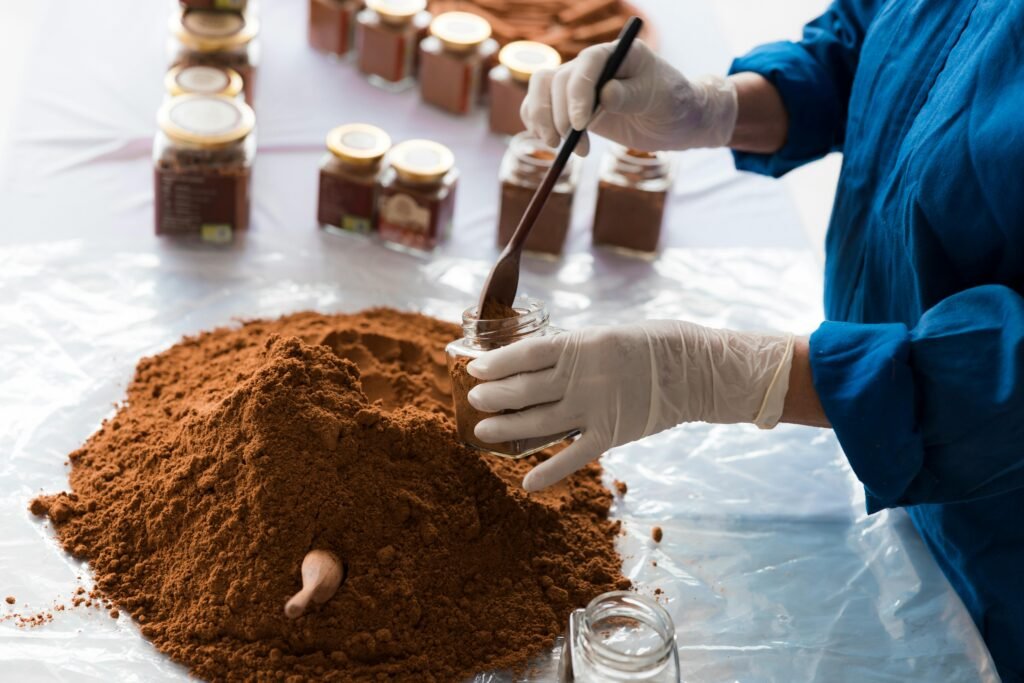
Sneaky Packaged Food Ingredients
It’s not just what’s on your plate, it’s what’s hidden in packaged treats, snacks, and even your toothpaste.
- Xylitol (a.k.a. Birch Sugar)
Found in sugar-free gum, baked goods, peanut butter, and even some vitamins, xylitol can cause insulin spikes and liver failure in dogs. It acts fast and can be fatal.
Pro tip: Always read labels. Avoid peanut butter or treats with “sugar-free” or “diabetic-friendly” on the package unless they’re made specifically for dogs. (We did find that Skippy “no sugar added” does not have Xylitol per the brands own statements.)
- Caffeine
From sodas and coffee to energy drinks and chocolate-covered espresso beans — caffeine overstimulates dogs’ nervous systems and hearts. Symptoms range from restlessness to seizures.
Fruits & Veggies to Watch
Fruits and vegetables seem safe, right? Not always.
- Avocado
Avocados contain persin, which can cause vomiting and diarrhea in dogs. The pit is also a choking hazard.
- Cherries
The pits, leaves, and stems contain cyanide. Even seedless cherries aren’t a great choice due to their high sugar content.
- Raw Potatoes
Especially green or sprouted ones — these contain solanine, a natural toxin. Cooked potatoes are safer, but moderation is key.
Household Hazards (That Don’t Seem Like Food)
Dogs are curious creatures. Sometimes, what they eat isn’t even edible.
- Chewing Gum & Mints
Most sugar-free versions contain xylitol.
- Yeast Dough
Unbaked dough can rise in your dog’s stomach, causing bloating or even twisting of the stomach — a veterinary emergency.
- Alcohol
Even small amounts of alcohol — especially in desserts like rum cake — can depress your dog’s central nervous system and cause serious harm.
Cultural Foods That Can Be Dangerous
In a diverse city like Las Vegas, it’s important to note that some traditional foods can pose hidden risks to pups:
- Spicy foods: Think hot peppers, chili, or dishes loaded with onions and garlic.
- Tamales with corn husks: The husks can cause intestinal blockages.
- Cooked bones (any cuisine): Whether from barbecue ribs or roasted duck, cooked bones can splinter and puncture internal organs.
What’s Safe? Quick Swaps and Treat Tips
Here are a few dog-safe foods to use as training treats or pup-approved snacks:
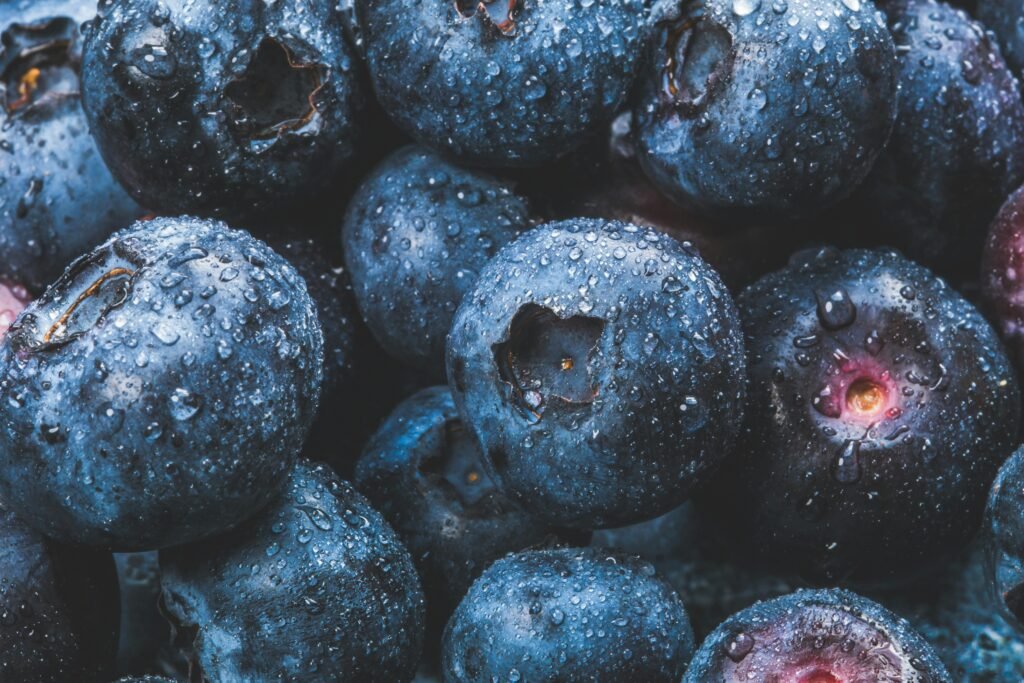
- Carrots
- Blueberries
- Pumpkin purée (plain, not pie filling!
- Plain rice or boiled chicken
- Apple slices (no seeds)
- Green beans
Want to get fancy? Try freezing bone broth in silicone molds for summer treats or stuffing peanut butter (xylitol-free!) into a Kong. Here are a few treat recipes we found with Blueberries and a few others that are frozen make-at-home treats!
When in Doubt, Ask a Vet
Don’t rely on internet lists alone — every dog is different. If your dog ingests something questionable, call your vet or the ASPCA Animal Poison Control Center. You can also browse trusted resources like:
- ASPCA’s full list of toxic and non-toxic plants and foods
- AKC’s guide to what dogs can and can’t eat
Final Thoughts: Dogs Trust Us to Know Better
We all want to spoil our dogs — and sometimes that means knowing when not to share. A little awareness goes a long way toward protecting your best friend.
So next time you’re slicing fruit, baking banana bread, or unwrapping a piece of gum — check twice, and toss once. Your dog’s tail wags will thank you.
